Manual material handling work contributes to a large percentage of the more than half a million cases of musculoskeletal disorders reported annually in the United States, according to the National Institute for Occupational Safety and Health.
A manual material handling task means one that requires moving materials by hand by pushing, pulling, carrying, lifting, lowering or stacking.
The U.S. Bureau of Labor Statistics reported that 32 percent of injuries involving missed workdays in 2014 were the result of musculoskeletal disorders. Overexertion and cumulative trauma were the biggest factors in these injuries. And these injuries can happen in a variety of workplaces from offices to grocery stores to warehouses. (Have you ever tried lifting a case of copy paper or a case of one-liter soda bottles?)
Musculoskeletal disorders generally involve strains and sprains to the lower back, shoulders, and upper limbs — often as a result of not lifting correctly — and they can be among the top 10 most costly workplace injuries. They can result in extensive periods of pain, disability, medical treatment and financial stress for the injured workers, and employers often find themselves absorbing the costs, either directly or through workers' compensation insurance, while also dealing with some level of reduced physical capacity of their workers.
Related: Top 5 most common workplace accidents and injuries
Employers can reduce the incidence of many strains and sprains by training all employees to lift safely. Here are 10 tips for lifting safely from Jacksonville, Florida-based Main Street America Group.
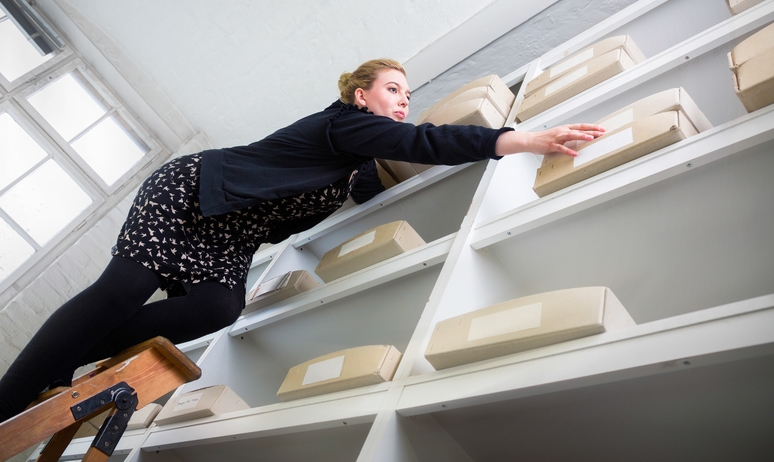
(Photo: iStock)
1. Avoid standing too far from the load.
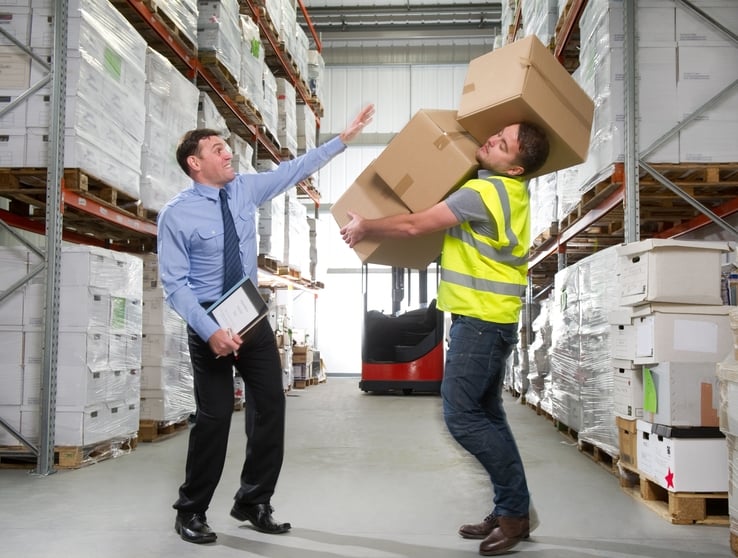
(Photo: iStock)
2. Consider breaking up your loads into multiple intervals.
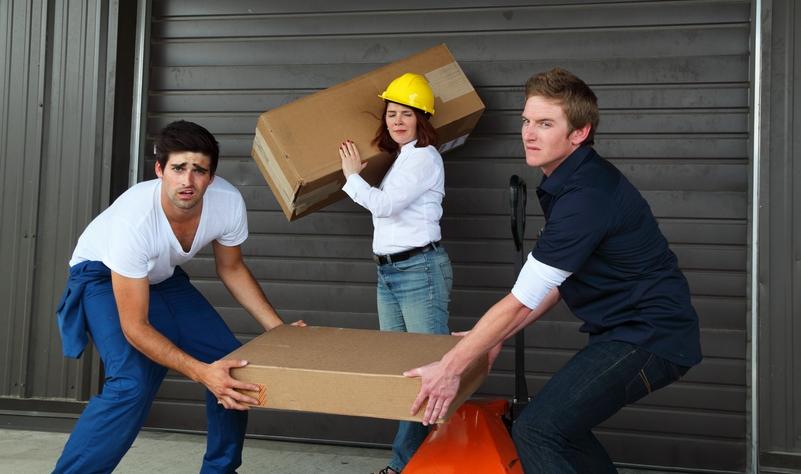
(Photo: iStock)
3. Don't judge weight by the size of the load.

4. Test every load before you lift it.

(Photo: iStock)
5. Identify in advance your intended path.
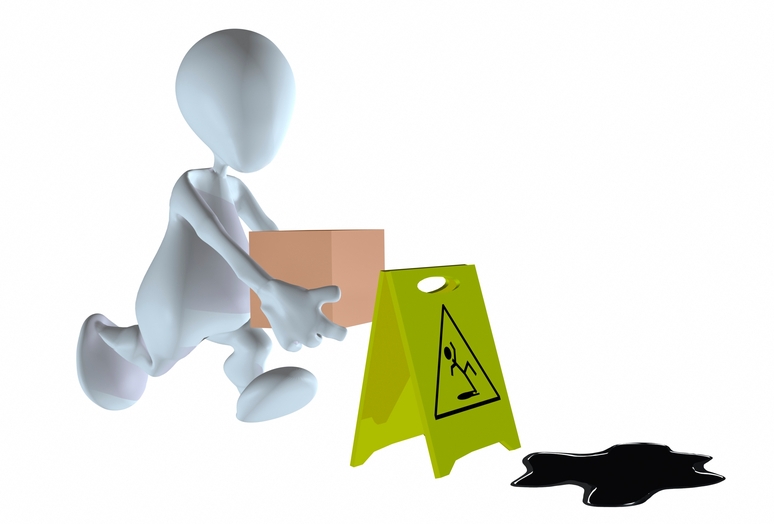
(Photo: iStock)
6. Avoid taking loads over slippery or uneven surfaces.
Related: 10 factors influencing the treatment of chronic pain
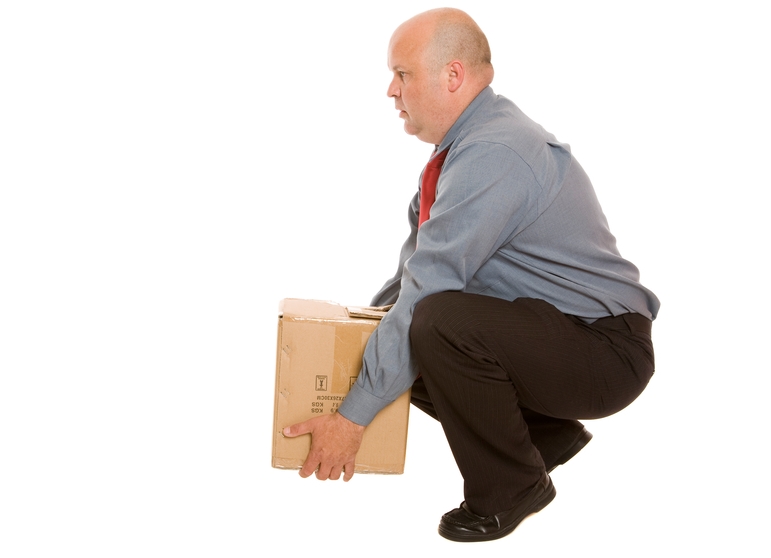
(Photo: iStock)
7. Keep your back straight and bend your knees to the floor.
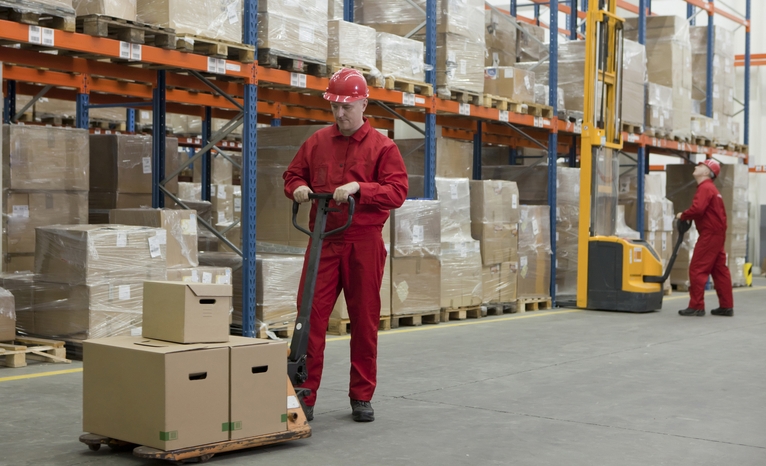
(Photo: iStock)
8. Use proper support systems.

(Photo: iStock)
9. Lift with a slow steady force.

10. Make use of handles.
Related: 4 steps to creating a safer workplace
Save
Save
Save
Save
Save
Save
Save
Want to continue reading?
Become a Free PropertyCasualty360 Digital Reader
Your access to unlimited PropertyCasualty360 content isn’t changing.
Once you are an ALM digital member, you’ll receive:
- Breaking insurance news and analysis, on-site and via our newsletters and custom alerts
- Weekly Insurance Speak podcast featuring exclusive interviews with industry leaders
- Educational webcasts, white papers, and ebooks from industry thought leaders
- Critical converage of the employee benefits and financial advisory markets on our other ALM sites, BenefitsPRO and ThinkAdvisor
Already have an account? Sign In Now
© 2025 ALM Global, LLC, All Rights Reserved. Request academic re-use from www.copyright.com. All other uses, submit a request to [email protected]. For more information visit Asset & Logo Licensing.








